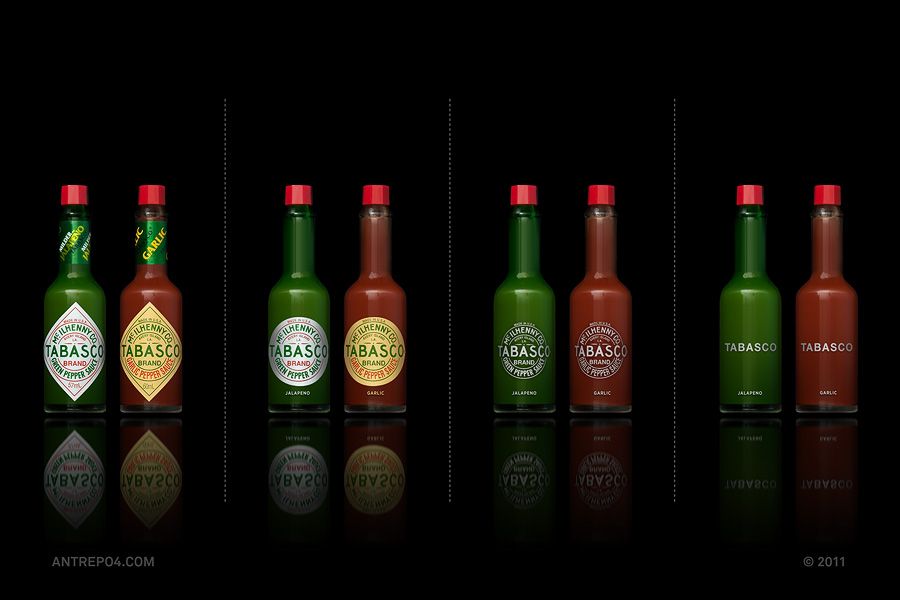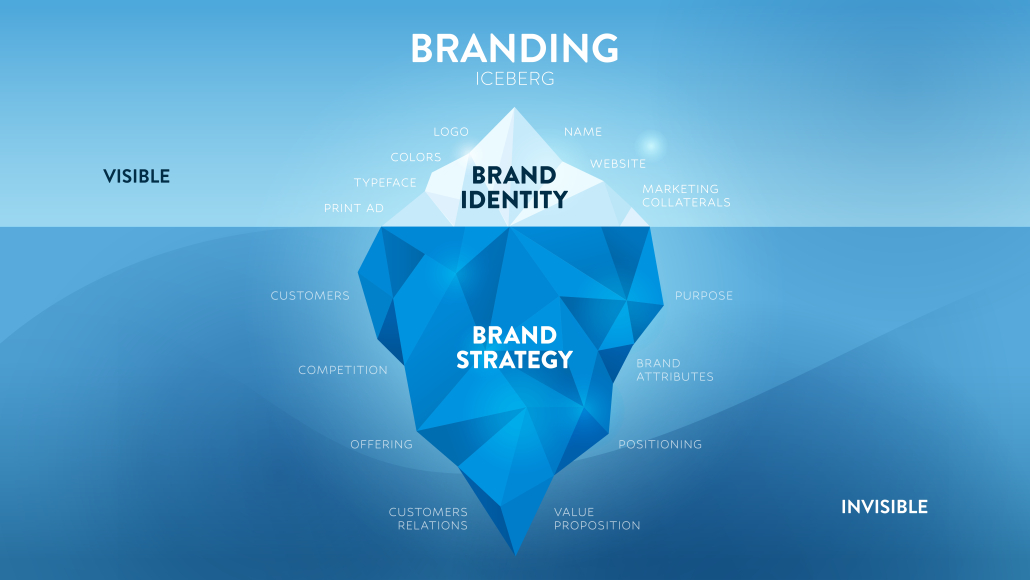In 2004, neuroscientists at Baylor College of Medicine made a fascinating discovery. When they gave people Coca-Cola and Pepsi in unmarked cups, subjects showed no strong preference between the sodas. But when they could see the brands, something remarkable happened: their brain activity changed dramatically. The prefrontal cortex—the region associated with higher thinking and self-identity—lit up like a Christmas tree. What’s remarkable isn’t just that people preferred one cola over another, but that knowing the brand literally changed their neurological experience of the product.1
This is what is called the Perception Paradox: the curious reality that how we experience products is inseparable from the mental constructs surrounding them. And this paradox lies at the very heart of what brand strategy is all about.
Brand Strategy is Really Relationship Strategy
A brand strategy is your deliberate plan for developing meaningful, lasting relationships with your audience. Just as successful relationships between people require consistency, authenticity, and emotional connection, so too do relationships between businesses and their customers.
At its most fundamental level, brand strategy answers three critical questions:
- Who are we as a business? (Identity)
- Who cares about us and why? (Audience)
- How do we connect these two in meaningful ways? (Engagement)
The Critical Elements of Effective Brand Strategy
A brand strategy encompasses several essential elements that collectively form a blueprint for how your organization connects with the world. A comprehensive brand strategy typically includes, but is not limited to:
- Purpose and positioning: Your reason for existing beyond profit and how you’re different from competitors
- Brand values and voice: The core beliefs and communication style that define how your brand speaks and connects with people
- Core messaging: The key ideas you consistently communicate about your value
- Visual identity system: The strategic application of design elements that trigger recognition
Consider how Apple’s brand strategy transformed a technology company into a cultural phenomenon. Their strategy wasn’t just about creating products, it was about consistently delivering on their “Think Different” promise through every aspect of their business, from minimalist product design to revolutionary retail experiences.
But understanding these elements is only half the battle. The real power lies in how they work with human psychology to influence decision-making.
The Psychology Behind Strategic Branding
Effective brand strategies are deeply rooted in how our brains process information and make decisions. Research in consumer psychology reveals that humans rely on mental shortcuts (heuristics) to help us make quick decisions in a complex world of seemingly limitless options. Smart brands design their strategies around this fact.
This psychological foundation explains why consistency is the cornerstone of powerful branding. When Starbucks expanded globally, they weren’t just building coffee shops; they were crafting consistent, recognizable experiences that leverage what psychologists call the “mere exposure effect” – our natural tendency to develop preferences for things simply because they’re familiar. Their brand strategy ensures that whether you’re in Seattle or Shanghai, certain core elements remain familiar, creating an immediate sense of trust and comfort.
Nike exemplifies how brands can tap into deeper psychological associations. Nike doesn’t just sell athletic wear, their brand strategy positions them as the embodiment of athletic achievement itself. By consistently associating their brand with the psychology of determination through their “Just Do It” messaging, they’ve created a powerful mental shortcut: If you want to feel like an athlete, choose Nike.
The Bottom Line on Brand Strategy
The best brand strategies intentionally build these mental shortcuts, turning your business into the preferred choice. Once these neural pathways are made in customers’ minds, consideration becomes reflexive and competition becomes irrelevant.
Here’s what forward-thinking companies understand: your brand exists in the minds of your customers whether you actively shape it or not. Every day you delay building these mental pathways is another day your competitors are creating them instead. In a world where attention is the scarcest resource, the brands that win are those that make choosing effortless.
1. McClure, S. M., Li, J., Tomlin, D., Cypert, K. S., Montague, L. M., & Montague, P. R. (2004). Neural correlates of behavioral preference for culturally familiar drinks. Neuron, 44(2), 379-387.






